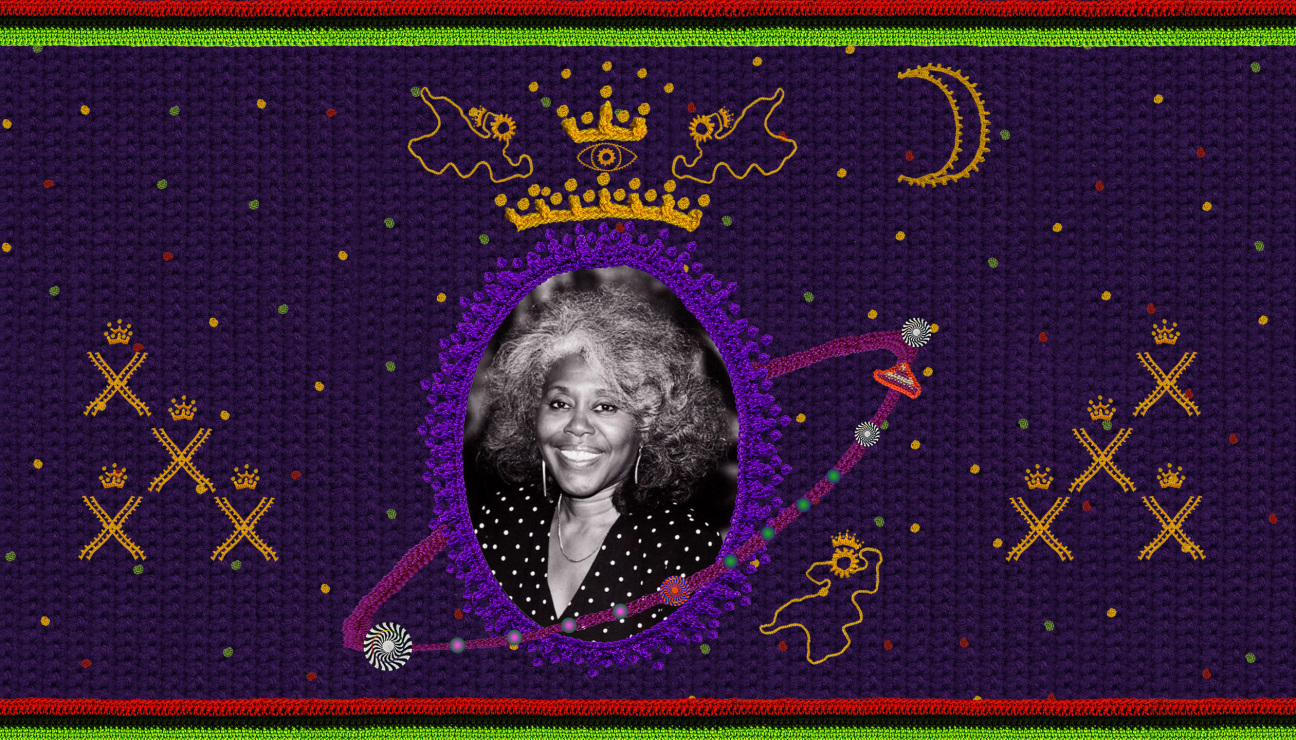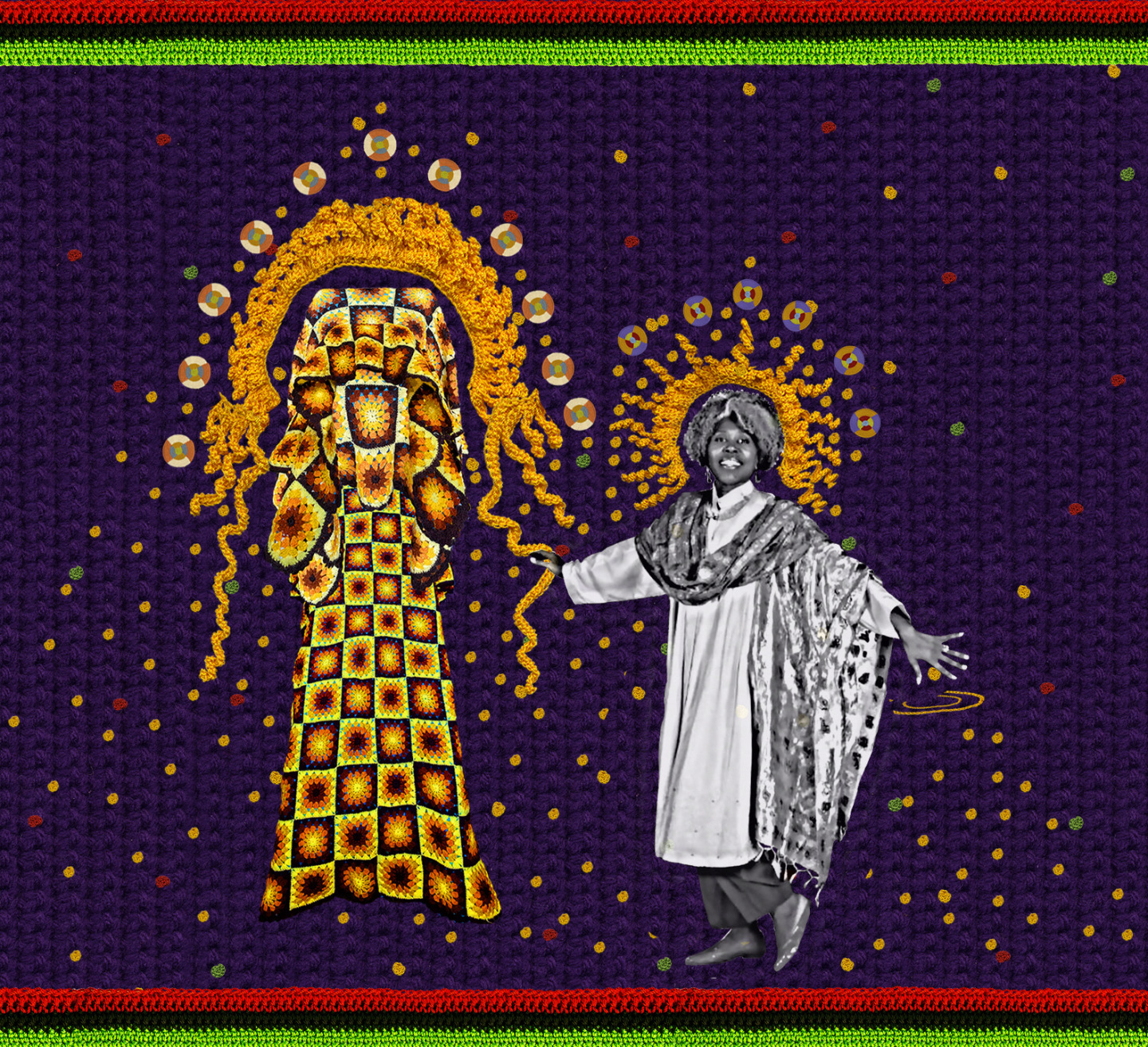
In 1968, Dr. Barbara Ann Teer—the award-winning performer, activist, and core figure in the Black Arts Movement—founded Harlem’s National Black Theatre to celebrate the canon-shaping work of Black American artists. The space, which would become the country’s first revenue-generating Black art complex and the longest-running Black theater in New York City, was grounded in one principle: that the racial justice issues that plague society can be overcome, according to Dr. Teer, through a combination of “Black liberation, visual art, and placemaking.” This February, the fiber artist Xenobia Bailey will honor the theater’s legacy as a cultural anchor in uptown Manhattan with Steal Away, a temporary mural on its Fifth Avenue façade.



Set against a royal purple backdrop, Bailey’s installation features gilded feathers in commemoration of the Munsee Lenape people (on whose ancestral land the theater sits), spiritual iconography reflective of the theater’s mission, and archival photographs of historic performances—all connected by the artist’s signature crocheted mandalas. Dr. Teer’s formula for transcendence is central to Bailey’s artmaking: “I learned the Teer Technique of crystallizing the vision of my story, which is now part of endless legacies, incorporated in the cosmos of the Total Black Experience,” the artist explains.
Bailey has exhibited her large-scale tapestries and signature blooming crocheted hats at institutions including the Studio Museum in Harlem, the New Museum, and the Museum of Arts and Design. Her focus on the legacies of craftsmanship embedded in African American diasporic communities makes her an ideal candidate to adorn the storied theater, which is currently in the process of establishing a set of new housing, retail, and performance spaces. “The artwork is the product of the National Black Theatre’s techniques, created to give value to Black cultural heritage and identities,” Bailey says of Steal Away. “This comes from a specific African American experience—my domestic textiles heritage, and my humble, yet rich, communities.”










 in your life?
in your life?

